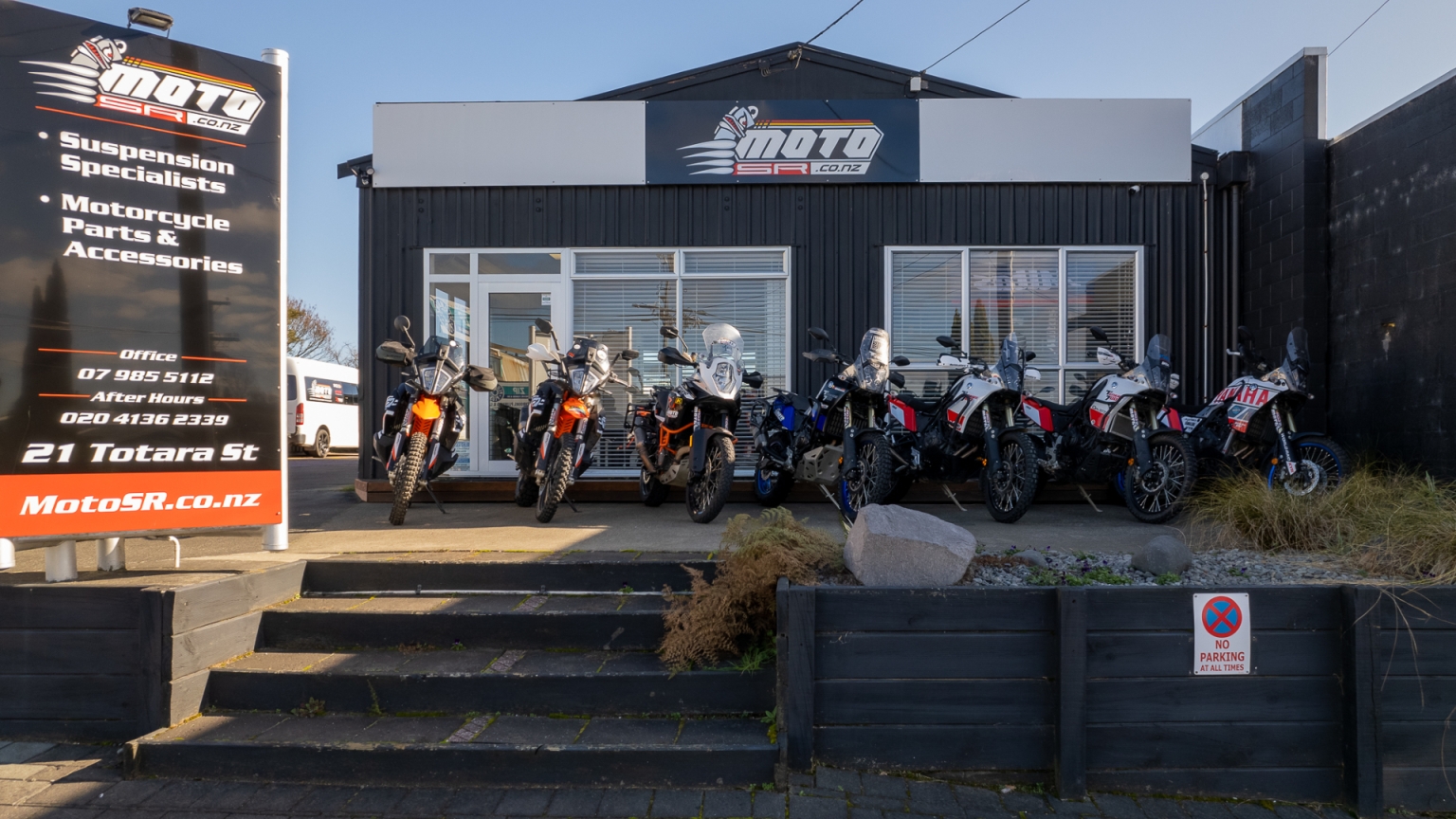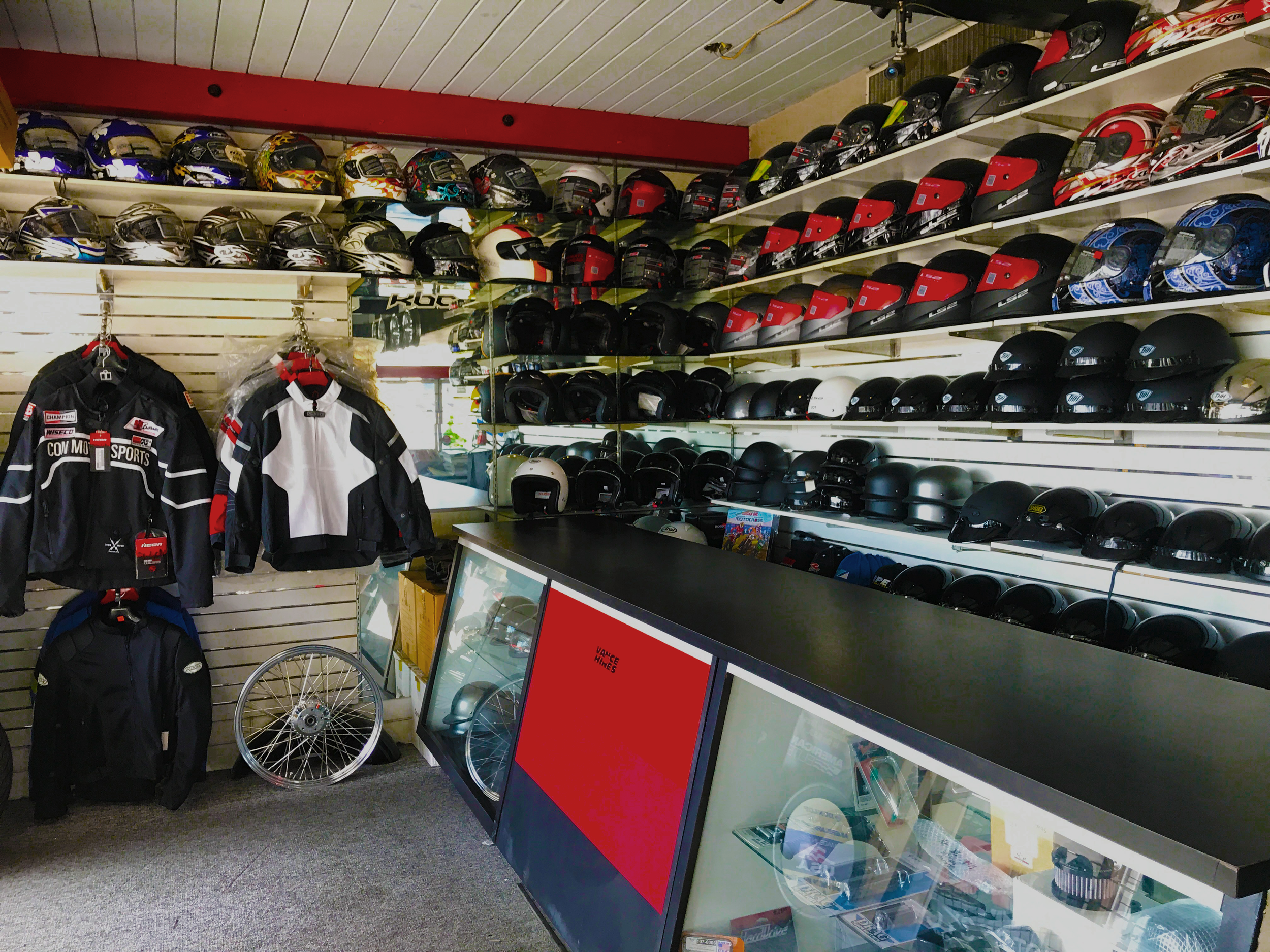Comprehending the Important Parts of a Motorcycle: A Comprehensive Overview for Fanatics
For motorcycle enthusiasts seeking to raise their riding experience and guarantee their bikes run smoothly, recognizing the necessary components of a bike is vital. Each component, from the engine's elaborate functions to the crucial function of the braking systems, not only impacts performance but also safety and security and convenience. This overview will walk through the fundamental parts that every motorcyclist must be familiar with, making it possible for informed selections in both upkeep and prospective upgrades. As we begin this exploration, one must ask: how does each component connect to develop the seamless ride every enthusiast looks for?
Engine Elements

The camshaft plays a critical duty in managing the timing of the engine's valves, making certain the precise opening and closing needed for reliable fuel and air consumption, as well as exhaust expulsion. This timing is essential to preserving optimal engine performance and performance. In addition, the carburetor or gas injection system, depending upon the motorbike model, is in charge of mixing air with gas in the right ratio for combustion.
The air conditioning system, either air or liquid-based, works to keep the engine's temperature within operational limits, protecting against overheating and making sure durability - mx parts nz. Each component, diligently designed and integrated, adds to the smooth operation of the engine, specifying the bike's power outcome and total performance
Transmission System
Indispensable to the bike's capability, the transmission system makes sure efficient power transfer from the engine to the wheels. This system consists of a number of vital components, consisting of the clutch, gearbox, and last drive, each playing an essential duty in converting the engine's power into activity. The clutch, usually operated by a hand bar, offers to engage and disengage the engine from the transmission, permitting smooth equipment adjustments and controlled acceleration.
The gearbox, typically described as the transmission appropriate, has a set of equipments that bikers can manually change with to adjust the bike's speed and torque output. These gears are prepared in a series that allows the motorcycle to accelerate smoothly and keep optimum engine efficiency across various speeds. A lot of motorcycles use a consecutive transmission, calling for the motorcyclist to move gears in an established order.
Braking Devices
While understanding the transmission system is vital to harnessing a motorcycle's power, just as essential is the ability to regulate and stop that power efficiently, which is where braking devices enter into play. Brakes are critical for safety and efficiency, providing the biker with the needed control to navigate different terrains and problems. Usually, motorcycles feature 2 kinds of braking systems: disc brakes and drum brakes.
Disc brakes are a lot more widespread in modern-day bikes due to their superior performance. This system provides far better heat dissipation, consistent performance, and enhanced quiting power, especially in wet problems.
Conversely, drum brakes, though much less usual, are still found in some motorbikes. They work by pushing brake footwear versus the inner surface of a drum connected to the wheel. While usually much less efficient in heat dissipation and quiting power, drum brakes are less complex and extra cost-efficient.
Comprehending these braking systems' nuances permits motorcyclists to maintain their motorcycles correctly and appreciate the engineering that guarantees effective and safe stopping.
Suspension and Guiding
Suspension and steering systems are important elements that dramatically influence a bike's handling and ride convenience. The shock absorber, containing forks at the front and shock absorbers at the back, soaks up roadway abnormalities, enhancing stability and control. Front forks, commonly telescopic or upside down, compress and rebound to mitigate influences, while rear shock absorbers maintain tire call with the road, important for navigate to this website traction and security.
Steering, focused around the handlebars, attaches the rider to the bike's directional control. The steering head bearings ensure smooth operation, enabling accurate ability to move. Appropriate positioning and upkeep of these bearings are crucial for foreseeable guiding action and address lowering biker tiredness.
The suspension's adjustability is one more important facet; preload, damping, and rebound setups enable modification to match numerous riding styles and problems. This adaptability is crucial for optimizing performance, whether browsing urban streets or dealing with tough routes. Developments like digital suspension systems provide real-time modifications, enhancing experience quality throughout diverse terrains.

Electric Equipments
After making sure a regulated and smooth experience via effective suspension and guiding systems, attention transforms to the electrical systems, a critical aspect of modern-day bikes. These systems play an important function not just in starting the engine but also in powering different parts that enhance the functionality and safety and security of the motorcycle.
At the heart of a motorcycle's electrical system is the battery, which shops electric energy necessary for starting the engine and powering auxiliary systems - motocross gear nz. The generator or generator, paired with the rectifier-regulator, guarantees the battery continues to be billed while the bike is in procedure, converting power right into electrical power and maintaining voltage degrees
The ignition system, one more vital part, is accountable for firing up the air-fuel mix in the engine's cylinders. Modern bikes often use an electronic ignition system, providing better efficiency and integrity contrasted to conventional systems.
Illumination systems, consisting of fronts lights, tail lights, and signs, are also vital, making certain presence and security for the motorcyclist. Additional digital components such as sensors, control devices, and displays add to advanced functions like fuel shot management, anti-lock stopping systems (ABS), and digital dashboards, better enhancing the riding experience.
Verdict
An extensive comprehension of a motorbike's important elements, consisting of the engine, transmission system, braking systems, suspension, guiding, and electrical systems, is crucial for enthusiasts aiming to optimize convenience, safety, and performance. Mastery of these elements permits for educated choices regarding maintenance and upgrades, ultimately boosting the riding experience. By integrating this knowledge, cyclists can ensure More hints their motorbikes run at peak effectiveness and integrity, consequently making the most of both enjoyment and longevity of their lorries.
For motorcycle fanatics looking to elevate their riding experience and guarantee their bikes run smoothly, understanding the necessary elements of a motorbike is critical.Essential to the motorbike's functionality, the transmission system makes certain effective power transfer from the engine to the wheels.While comprehending the transmission system is crucial to using a motorbike's power, just as important is the capacity to manage and stop that power efficiently, which is where braking mechanisms come right into play. Typically, bikes include 2 kinds of braking systems: disc brakes and drum brakes.
A detailed comprehension of a bike's important components, consisting of the engine, transmission system, braking systems, suspension, guiding, and electric systems, is crucial for fanatics intending to maximize safety and security, comfort, and performance.
Comments on “Must-Have Motocross Gear: Elevate Your Riding Experience Today”